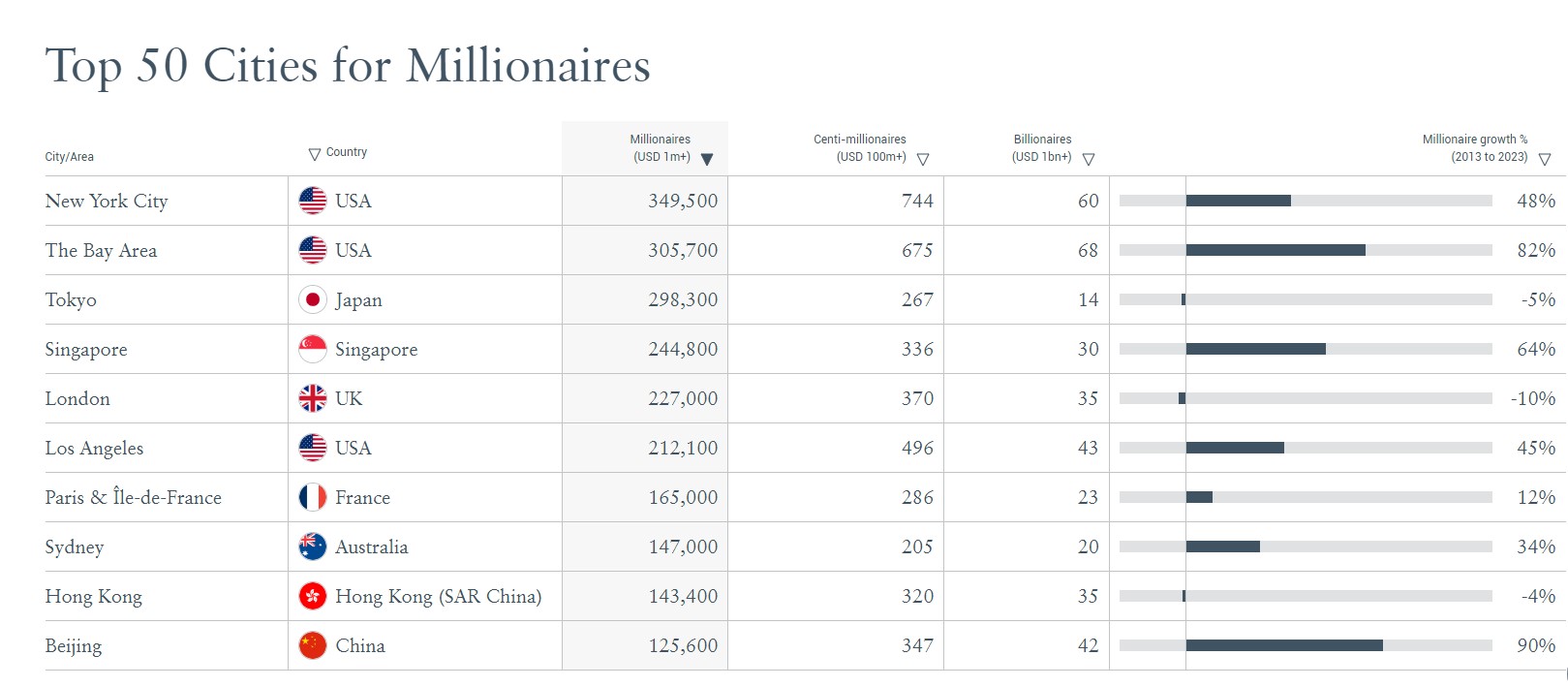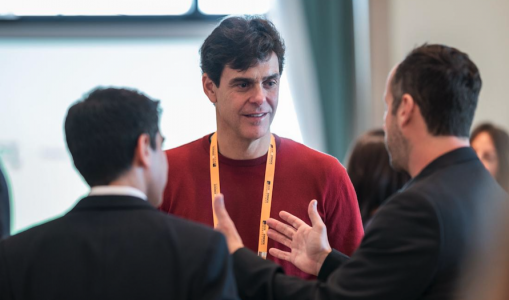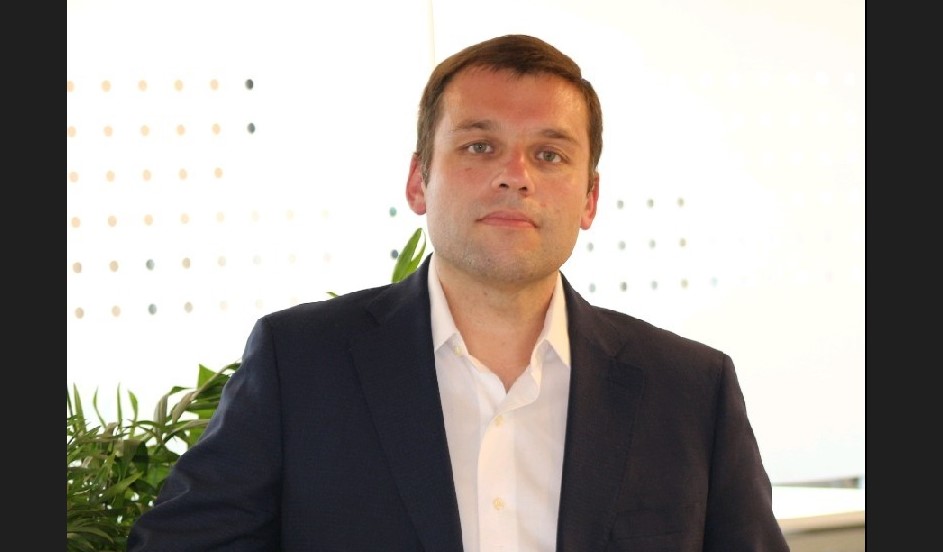New York Remains the World’s Richest City in 2024
| By Amaya Uriarte | 0 Comentarios

New York, the San Francisco Bay Area and Tokyo are the three wealthiest cities in the world, according to the latest report by Henley & Partners.
“The document offers a fascinating view of the changing face of global wealth, revealing a landscape where investment migration programs have emerged as a powerful tool for high-net-worth individuals looking to capitalize on the world’s most promising cities,” highlights Juerg Steffen, Chief Executive Officer of Henley & Partners.
The report shows the clear leadership of the United States, with 11 cities within the ranking of the world’s 50 richest cities. At the top is New York, with an astonishing 349,500 millionaires, followed by the Northern California Bay Area (305,700) and Los Angeles (212,100). “China also has a notable presence, with five cities in mainland China and seven cities if we count Hong Kong (a Special Administrative Region of China) (143,400) and Taipei (30,200). Beijing (125,600 millionaires), Shanghai (123,400), Shenzhen (50,300), Guangzhou (24,500), and Hangzhou (31,600) have seen significant increases in their millionaire populations over the past decade,” points out Steffen. In his opinion, this dynamic reflects broader changes in the global economy, where the United States maintains its traditional strongholds, while China’s rapid urbanization and growing technological prowess play an increasingly important role in wealth creation.

Focusing on the table, New York leads with 349,500 millionaires, 744 centimillionaires (with investable wealth of over $100 million), and 60 billionaires who, together, surpass $3 trillion, which is more than the total wealth of most major G20 countries. Hot on its heels, in second place, is the Northern California Bay Area, which includes San Francisco and Silicon Valley. “The Bay Area has enjoyed one of the highest wealth growth rates in the world, increasing its millionaire population by a massive 82% over the past decade, and now hosts 305,700 millionaires, 675 centimillionaires, and 68 billionaires,” notes Steffen.
Regarding Tokyo, which topped the group as the world’s richest city for a decade, it has suffered a 5% decrease in its resident high-net-worth individual (HNWI) population over the last ten years, and now ranks third with just 298,300 millionaires. Notably, the city-state of Singapore has risen two places to fourth in the global ranking after an impressive 64% increase in millionaires over the past 10 years, and it seems likely to soon overtake Tokyo as the richest city in Asia. Widely considered the world’s most business-friendly city, Singapore is also one of the top destinations globally for migrating millionaires: approximately 3,400 high-net-worth individuals moved there in 2023 alone, and the city now boasts 244,800 millionaire residents, 336 centimillionaires, and 30 billionaires.
The Decline of London
London, the world’s richest city for many years, continues to fall in the rankings and now occupies fifth place with only 227,000 millionaires, 370 centimillionaires, and 35 billionaires, a 10% decrease over the past decade. In contrast, Los Angeles, home to 212,100 millionaires, 496 centimillionaires, and 43 billionaires, has risen two places over the 10-year period to sixth place, enjoying a remarkable 45% growth in its wealthy population. Paris, the richest city in continental Europe, maintains its seventh place in the ranking with 165,000 millionaire residents, while Sydney climbs to eighth with 147,000 HNWIs, after experiencing exceptionally strong wealth growth over the past 20 years.
“The 24% gain in the S&P 500 last year, along with the 43% rise in the Nasdaq and the staggering 155% rebound in Bitcoin, have boosted the fortunes of wealthy investors. Additionally, rapid advancements in artificial intelligence, robotics, and blockchain technology have provided new opportunities for wealth creation and accumulation. However, even as new opportunities arise, old risks persist. The war in Ukraine, which has seen Moscow’s millionaire population drop by 24% to 30,300, is a stark reminder of the fragility of wealth in an uncertain and unstable world,” adds Steffen, who considers a key factor driving growth in the world’s richest cities to be the strong performance of financial markets in recent years.
China’s Millionaire Boom
China has established a notable presence in the latest ranking of the world’s 50 richest cities, with 5 cities in mainland China on the list and 7 cities if we include Hong Kong (a Special Administrative Region of China) (with 143,400 millionaires) and Taipei (30,200). Beijing (125,600 millionaires) is ranked in the Top 10 for the first time after a 90% growth in its millionaire population over the past decade. Although Hong Kong has dropped four places over the 10-year period to ninth in the ranking, Shanghai (123,400), Shenzhen (50,300), Guangzhou (24,500), and Hangzhou (31,600) have seen significant increases in their millionaire populations.
Andrew Amolis, head of research at New World Wealth, explains that Shenzhen is the world’s fastest-growing city for the wealthy, with its millionaire population soaring by 140% over the past ten years. “Hangzhou has also seen a massive 125% increase in its number of high-net-worth residents, and Guangzhou’s millionaires have grown by 110% over the past decade. When it comes to potential wealth growth over the next decade, cities to watch include Bengaluru (India), Scottsdale (USA), and Ho Chi Minh City (Vietnam). All three have enjoyed exceptional growth rates of over 100% in their resident millionaire populations over the past ten years.”
As for the Middle East, Dubai easily takes the crown as the region’s richest city, with an impressive 78% growth in its millionaire population over the past 10 years. Currently ranked as the 21st richest city in the world, it is very likely that this modern wealth magnet will enter the Top 20 in the coming years. Although Abu Dhabi, the oil-rich capital of the United Arab Emirates, has yet to secure a spot in the Top 50 ranking, growth rates above 75% make it a likely contender in the future.
While no African or South American city features among the world’s 50 richest cities, the report identifies several rising stars that could well join the ranks of the world’s leading wealth centers in the near future. Nairobi, Kenya’s bustling capital, now has 4,400 millionaires, a 25% increase over the past decade, driven by its thriving tech ecosystem and growing middle class. Cape Town, South Africa’s stunning coastal jewel, has enjoyed a 20% increase in millionaires, making it the country’s preferred city, now home to 7,400 of them.
World’s Most Expensive Cities
Monaco, arguably the world’s top safe haven for the super-rich, where average wealth exceeds $20 million, is also the world’s highest-ranked city in terms of per capita wealth. More than 40% of the Mediterranean principality’s residents are millionaires, the highest proportion of any city globally. It also tops the list of the world’s most expensive cities, with apartment prices regularly exceeding $35,000 per square meter.
New York City ranks second, with prime real estate prices averaging $28,400 per square meter, followed by London ($26,500 per m²), Hong Kong ($25,800 per m²), Saint-Jean-Cap-Ferrat in France ($25,000 per m²), and Sydney ($22,700 per m²).
Dominic Volek, group head of private clients at Henley & Partners, says that 7 of the world’s 10 richest cities are in countries that host investment migration programs actively encouraging foreign direct investment in exchange for residency or citizenship rights. “You can secure the right to live, work, study, and invest in major international wealth hubs such as New York, Singapore, Sydney, Vienna, and Dubai through investment. Being able to relocate yourself, your family, or your business to a more favorable city or having the option to choose from several different cities around the world is an increasingly important aspect of international wealth and legacy planning for private clients. The more jurisdictions a family can access, the more diversified their assets will be, the lower their exposure to regional and country-specific risks, and the greater the opportunities they will be able to enjoy. Similarly, cities and countries can use investment migration as an innovative funding mechanism to attract the world’s wealthiest and most talented to their shores,” concludes Volek.











